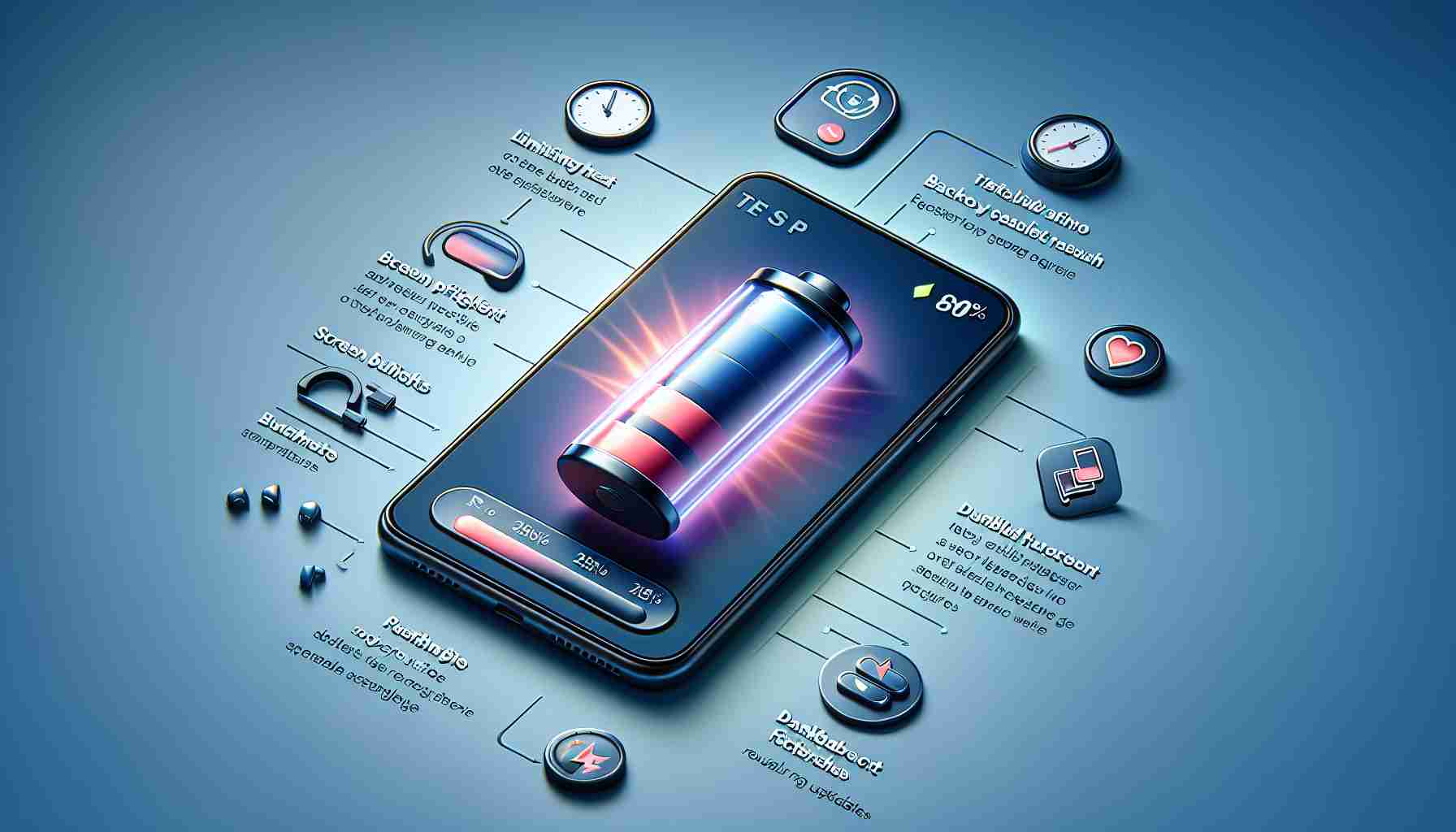Smartphone batteries are fragile components and require proper maintenance to prevent premature degradation or damage. Understanding the best practices for charging can extend the life of your battery and save costly repairs or replacement.
How to Enhance Your Phone’s Battery Longevity
Over time, smartphones have advanced significantly in functionality, design, and internal components. This is especially true for the evolution from nickel-cadmium batteries to the modern lithium ones, which boast increased efficiency and safety. Consequently, concerns about leaving a phone to charge overnight are largely unfounded with newer lithium batteries.
Research indicates that maintaining a smartphone’s battery charge between 20% and 80% benefits its lifespan. Some studies suggest narrowing this range to preserve battery health further, but the standard adopted practice remains the 20% to 80% range to balance longevity with usability.
In addition to mindful charging habits, using authentic accessories is crucial for proper care. Regular inspections of charging cables and connectors are recommended to prevent signs of wear that could lead to overheating during charging. If wear and tear are identified, replacing the damaged components promptly is essential to maintaining the battery’s optimum health.
Key Questions and Answers on Smartphone Battery Health Optimization
What is the ideal charging range to maintain smartphone battery health?
The ideal charging range to extend the lifespan of a smartphone’s battery is generally between 20% and 80%. Keeping the battery within this range helps to slow down the wear and tear on the lithium-ion cells.
What is the impact of using non-authentic charging accessories?
Using non-authentic or low-quality charging accessories can harm your smartphone’s battery health. These accessories might not meet the specific power requirements of your device and can cause overheating, swelling, or decrease the overall lifespan of the battery.
Can charging my phone overnight damage the battery?
With modern lithium-ion batteries, the risk of damage from overnight charging is minimal due to built-in protections. However, regular overnight charging over prolonged periods may contribute to a gradual decline in battery capacity.
What are the advantages and disadvantages of optimizing Smartphone Battery Health?
Advantages:
– Extended Battery Life: Proper maintenance can help retain the battery’s capacity over a longer period.
– Cost Savings: Optimization reduces the need for frequent battery replacements, thus saving money.
– Enhanced Performance: A healthy battery ensures smoother performance and consistent power supply.
Disadvantages:
– Inconvenience: Maintaining strict charging habits can be inconvenient for some users.
– Reduced Usability: Keeping the charge between 20% and 80% might not be practical for individuals who use their phone heavily throughout the day.
Key Challenges and Controversies:
One challenge is the balance between battery health and user convenience, as intensive use can make it hard to maintain the 20-80% charge rule. Moreover, there is a lack of comprehensive studies to conclusively determine the best practices for every type of battery and use-case scenario, leading to conflicting advice.
A common controversy is the debate over whether or not it is necessary to “calibrate” a lithium-ion battery by letting it discharge fully before charging it again. While some sources argue that this can help maintain battery accuracy, others say it is unnecessary and can even harm battery health.
If you’re interested in learning more about smartphone battery health or seeking additional resources, visit the websites of reputable smartphone manufacturers or technology news outlets for the latest information and guidelines. Links to such main domains could look like this (URLs have been omitted as per guidelines):
Smartphone Manufacturer
Technology News Outlet
Please make sure to only use trusted and reputable sources to ensure the information is accurate and up-to-date.
